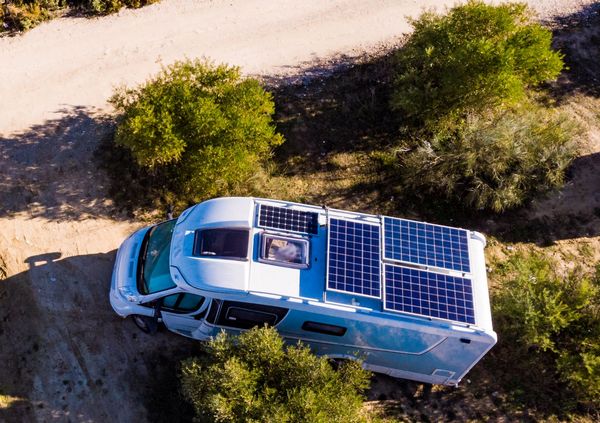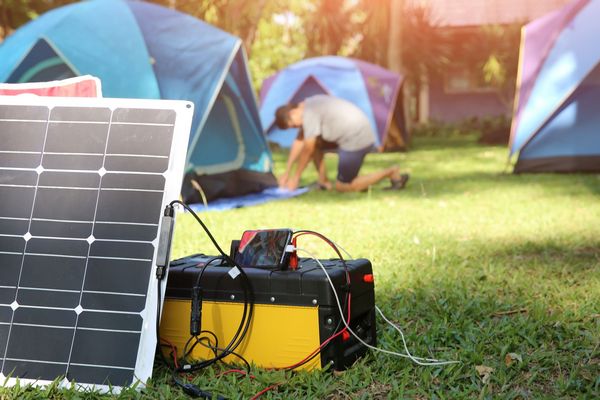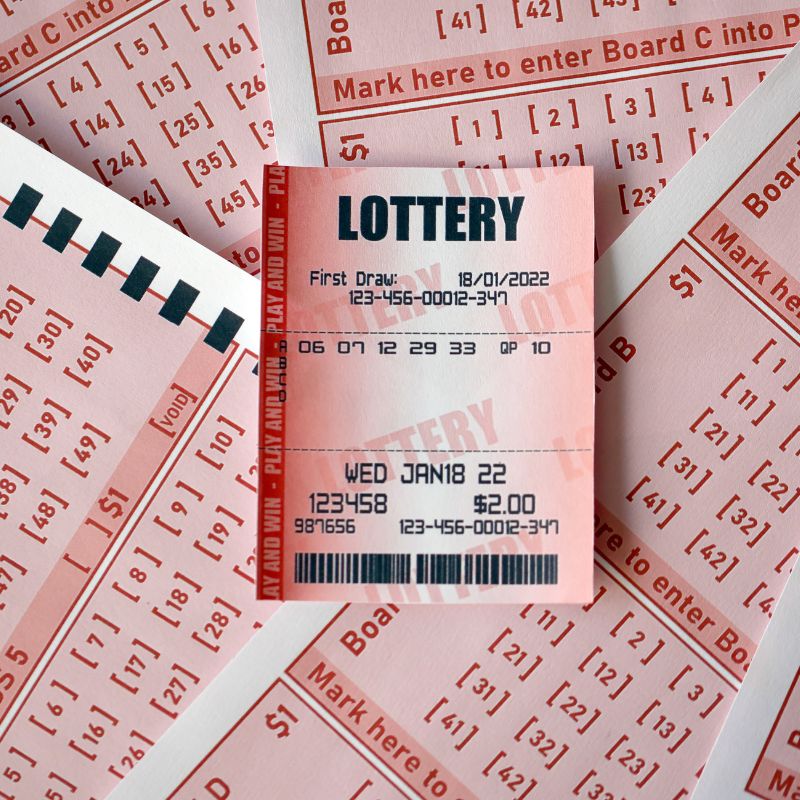This is an Advertorial.
In recent years, solar power has become increasingly popular as an alternative to generating electricity. Solar panels are now being used to power everything from homes to businesses to entire communities. And, as more people spend time outdoors, solar energy is also becoming a popular option for powering camping and hiking gear.
As a backpacker, you know the importance of being efficient with your resources. When you're out on the trail, the last thing you want to worry about is your phone battery dying or your headlamp running out of juice. When this happens, bringing portable flexible solar panels would come in handy. They're a great way to keep your devices charged while you're off the grid.
However, there are a few things to remember when using solar power. Here's a guide on going solar on the trail, so you can focus on enjoying your adventure.
Why Go Solar On The Trail?
Solar power is an excellent option for backpackers, as it is a sustainable and environmentally friendly way to power your devices while on the go. Here are some of the top benefits of solar power for backpackers:
1. Solar Power Is Environmentally Friendly
Solar power is a sustainable and renewable energy source, meaning you can use it repeatedly without damaging the environment. Because it is clean and emission-free energy, it is also an excellent way to reduce your carbon footprint. Solar power is a perfect choice for backpackers looking for an environmentally friendly way to power their devices and minimize their impact on the planet.
2. Solar Power Is Versatile
You can use solar power to power various devices, from phones and laptops to portable speakers and lights. It makes it an excellent option for backpackers who want to be able to keep their devices powered up while on the go.
3. Solar Power Is Relatively Inexpensive
Solar panels and other solar-powered devices are becoming increasingly affordable, making solar power an excellent option for backpackers on a budget.
4. Solar Power Is Easy To Set Up And Use
Solar panels are relatively easy to set up and use, making them a perfect option for backpackers who don't want to deal with the hassle of traditional power sources.
5. Solar Power Is Efficient
Another great benefit of solar power for backpackers is its efficiency. Solar panels can convert a large amount of sunlight to electricity, and you can use this electricity to power small electronic devices. It makes solar power a very efficient way to power devices and can help backpackers save money on their energy bills.
6. Solar Power Is Reliable
Solar power is also a very reliable source of energy. Solar panels are designed to last many years and will continue producing electricity even in cloudy or overcast conditions. Solar power can be relied upon to provide energy for devices, even in the most remote locations.
 What You Need To Go Solar On The Trail
What You Need To Go Solar On The Trail
Before heading out on your next backpacking trip, ensure you have everything you need to go solar. Here's a quick checklist:
- Solar panel
It is the most crucial equipment you'll need. Look for a solar panel that's lightweight, durable, and weather-resistant.
- Portable Battery Pack
A solar panel is only as good as the battery pack it's attached to. Choose a battery pack that is compatible with your devices and has enough capacity to keep them powered up for several days.
- Power Cables
You'll need these to connect your devices to the solar charger and battery pack.
- Carabiners
You can use these to attach the solar charger to your backpack or campsite.
How To Go Solar On The Trail
Now that you have considered all these factors, you are ready to start planning your solar-powered backpacking trip. Here are the necessary steps to follow to go solar on the trail as a backpacker:
Step One: Choose The Right Equipment
The first step is to choose your equipment. It will include the solar panel system, batteries, and other necessary equipment. Consider the wattage, size, and weight of the equipment. You'll also want to consider the type of solar panel - monocrystalline or polycrystalline. Small, lightweight equipment will suffice if you only want to charge small devices, like a cell phone or GPS. However, if you're looking to power larger devices, like a laptop or portable fridge, you'll need bigger and more powerful equipment.
Step Two: Choose Your Destination
The next step is to choose your destination. It will help you determine the type of solar panel system you need and how much power you will need to generate. If you're traveling to an area with minimal exposure to the sun, you may need a solar power system with backup batteries. The backup will buy you more time to trap power with solar panels.
Step Three: Choose Your Dates
The third step involves choosing your travel dates to help you determine how long you need to generate power and how much energy you need.
Step Four: Consider Your Power Needs
Think about how much power you'll need to generate on the trail. It will help you determine the size of the solar panel system and how many batteries you will need. For example, if you only need to charge a cell phone, a small 5-watt panel will be sufficient. However, if you want to power a laptop and a portable fridge, you'll need a larger panel, like a 100-watt panel.
Step Five: Choose Your Location
The next step is to choose your location. It will help you determine where to put the solar panel system and how much space you have in your backpack.
Step Six: Set Up Your Solar Panel System
There are various ways to set up your solar panel system, but the most important thing is to ensure that the panel is exposed to direct sunlight. If you're using a small one, you can attach it to the top of your backpack. However, if you're using a larger panel, you may need to attach it to the side of your pack or on the ground.
Step Seven: Use Your Solar Panel System
The next step is to use your solar panel system. It will involve using the electricity you generate to power your devices once your solar panel is mounted. Most solar panels come with a variety of ports so that you can charge multiple devices at the same time. Connect your devices to the solar panel, and they will begin charging.
Here's how to use your solar system to keep your devices powered up:
- Set up your solar charger in a sunny spot.
- Connect your devices to the solar charger using USB cables.
- Make sure the battery pack is connected to the solar charger.
- Let the sun do its work! The solar panel will collect energy from the sun and use it to charge your devices.
- When your devices are fully charged, disconnect them from the solar charger.
Step Eight: Repeat As Needed
Depending on how much power you use, you may need to repeat the charging process every few days. But with a solar panel and battery, you'll never have to worry about running out of power on the trail.
How To Choose The Right Solar Equipment
With solar equipment, there are many options on the market, so it's crucial to select one that will meet your needs. However, knowing which equipment suits your needs as a backpacker can take time and effort. Here are a few things to keep in mind when looking for a solar kit for your next backpacking trip:
-
The Type Of Solar Panel
There are two main solar panel types, which are made either out of monocrystalline or polycrystalline. Monocrystalline panels are efficient but very expensive, while polycrystalline ones are usually not as efficient but cheaper. So, depending on your budget and needs, choose which one will serve you best.
-
The Size Of The Panel
Solar panel sizes are different. The size you decide on depends on your specific needs. If you're only looking to charge a small device, such as a cell phone, you can get away with a smaller panel. However, if you're looking to charge a larger device, such as a laptop, you'll need a larger panel.
-
The Type Of Battery
There are two main battery types: lead-acid and lithium-ion batteries. Lead-acid batteries are cheaper, but they're also bulky and less efficient. Lithium-ion batteries, on the other hand, are highly priced but lighter and more efficient.
-
The Type Of Cable
AC and DC cables are the most commonly used. AC cables are cheaper, but they're also less efficient. DC cables are more expensive, but they're also more efficient. DC is the way to go if you're looking for the most efficient cable. However, if you're on a budget, AC cables may be a better option.
-
The Length Of The Cable
Cables come in a variety of lengths. The length you choose depends on your specific needs. If you're only looking to charge a small device, such as a cell phone, you can get away with a shorter cable. However, you'll need a longer power cable if you want to charge a larger device, like a laptop.
-
The Brand
There are a variety of solar equipment brands on the market. Do some research to find a brand you trust and a good reputation.
-
The Price
Solar equipment can range in price from a few hundred dollars to a few thousand dollars. Choose a panel within your budget, but don't sacrifice quality for the price.
-
The Warranty
Most solar systems have a warranty, so read the fine print before purchasing.
Now that you know a few things to consider, you're ready to start shopping for solar equipment. Be sure to compare prices, brands, and features to find the best equipment to suit your needs as a backpacker. Once you have all the gear you need, it's time to hit the trail.
Tips For Getting The Most Out Of Your Solar Setup
As a backpacker, you know the importance of being prepared and making the most of your resources. When it comes to solar power, there are a few things you can do to ensure you get the most out of your setup.
-
Use A High-quality Solar Panel
The quality of your solar panel will significantly impact how efficient your solar setup is. Higher-quality panels will be more efficient at converting sunlight to electricity. If you're looking for a high-quality solar panel, look for one with a high-efficiency rating made with monocrystalline or polycrystalline cells.
-
Position Your Solar Panel Correctly
You'll need to position it correctly to get the most power from your solar panel. It should be set so that it's perpendicular to the sun's rays. You'll need to adjust the panel as the sun moves throughout the day.
-
Use A High-quality Battery
The quality of your battery will have a significant impact on the efficiency of your solar setup. In general, higher-quality batteries can store more electricity and last longer before needing to be replaced. When choosing a battery for your solar setup, look for one that has a high capacity and is made with high-quality cells.
-
Use A Solar Charge Controller
A solar charge controller is a device that regulates the flow of electricity from your solar panel to your battery. It helps to prevent your battery from being overcharged, which can damage it. Solar charge controllers also help to improve the efficiency of your solar setup by making sure that your battery is only charged when it needs to be.
-
Use A Solar Charger With Multiple Ports
If you're using your solar setup to charge multiple devices, you must use a charger with multiple ports. You can charge multiple devices simultaneously, making your solar setup more efficient. When choosing a solar charger, look for one with at least two USB ports.
-
Keep Your Solar Panel Clean
A dirty solar panel will be less efficient at converting sunlight to electricity. Keep it clean by wiping it down with a cloth or brush.
-
Use Your Solar Power Wisely
When using solar power, it's crucial to be efficient. Use appliances and devices designed to be energy-efficient. Limit your electricity use during the daytime when the sun is shining, and the solar panel works at its best.
-
Check The Weather Forecast Before You Head Out
If bad weather is on the horizon, ensure that you charge your devices before you hit the trail. This way, you'll have a full charge in case you lose power.
-
Check For Damage Regularly
Check for damage on your solar equipment before embarking on a backpacking adventure by inspecting the solar panel, solar controller, and all connections for any signs of wear or tear.
-
Bring Extra Batteries
It's always a good idea to bring extra batteries for your devices. That way, you can swap them out when they run low.
Summary
Now that you know more about solar power on the trail, you can decide if it's the right choice. Solar power is a wise option if you're looking for a way to reduce your carbon footprint or want to be prepared for an emergency on the trail. Remember to research and choose the right solar panel, cables, and batteries.
Also, be sure to assemble and use your system correctly, and remember to maintain it regularly.
By following this guide, you'll have a great time while doing your part as a backpacker tourist to reduce your reliance on fossil fuels and save the environment. Get out there and explore!





